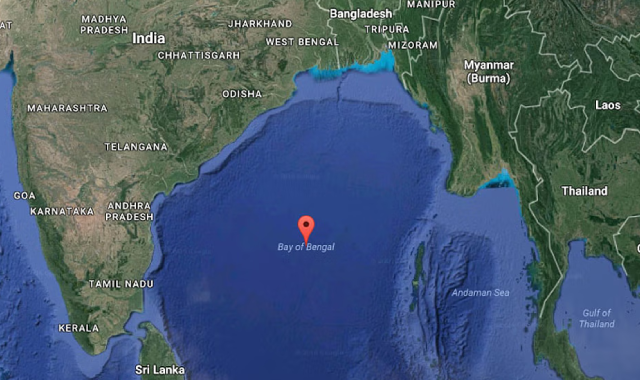In a ground-breaking discovery, scientists have unearthed a 50,000-year-old sediment containing massive magneto fossils from the depths of the Bay of Bengal, marking one of the youngest discoveries of its kind. Led by researchers from the CSIR-National Institute of Oceanography, the study utilized magnetic analyses and electron microscopy to unravel the secrets hidden within the sediment samples collected from the south-western Bay of Bengal.
Key Findings
Monsoon Fluctuations: Analysis of the sediment samples unveiled significant fluctuations in monsoon strength during the last Glacial Maximum-Holocene period. These fluctuations had a profound impact on weathering and sedimentation processes in the region, providing insights into past climatic conditions.

Optimal Conditions for Magnetic Fossil Growth: Contrary to previous assumptions, the study suggests that warming events are not a prerequisite for the formation of giant magneto fossils. Instead, an optimal balance of iron, organic carbon, and suboxic conditions in aquatic environments is deemed crucial for their growth and preservation.
Encoded Environmental Information: Magneto fossils, the fossilized remains of magneto tactic bacteria, serve as invaluable repositories of environmental information. They encode data about past nutrient availability, oxygen levels, and water stratification in ancient aquatic ecosystems, offering a window into the Earth's climatic history.
River Contributions: Rivers like the Godavari, Mahanadi, Ganga-Brahmaputra, Cauvery, and Penner, discharging into the Bay of Bengal, played a significant role in the formation of magneto fossils by supplying nutrient-rich sediment and reactive iron to the marine environment.
About Magneto fossils

Magneto fossils are fossilized remnants of magneto tactic bacteria that contain magnetic minerals, leaving behind traces of their existence in geological records. These bacteria, discovered by Salvatore Bellini in 1963, possess the unique ability to orient themselves along the Earth's magnetic field lines.
Origin and Significance
Most giant magneto fossils have been historically associated with two geological time periods—the Paleocene-Eocene Thermal Maximum and the Middle Eocene Climatic Optimum—both characterized by a significant rise in global temperatures. However, the discovery of 50,000-year-old magneto fossils challenges the notion that they only formed during periods of extreme warming, shedding new light on their origins and significance in paleoclimatology.
In conclusion, the discovery of 50,000-year-old magneto fossils in the Bay of Bengal represents a significant milestone in our understanding of Earth's climatic history. By unravelling the secrets hidden within these ancient sediments, scientists continue to piece together the puzzle of our planet's past, offering valuable insights into its future trajectory.










.webp&w=256&q=75)




